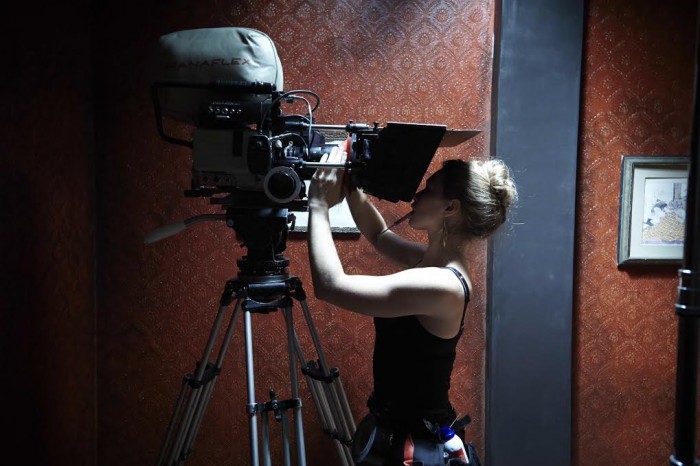
The UK’s National Film and Television School (NFTS) has partnered with the British Film Institute (BFI) to lift the lid on how to make great films, with a free 6 week course that starts today.
Taught by award-winning filmmakers from a range of specialties, including Brian Tufano and Mike Figgis, it covers everything from storytelling, to budgeting, to understanding the impact of a soundtrack.
Here, for instance, is Brian Tufano, the established cinematographer, talking about filming the infamous toilet scene in Trainspotting — turns out you can do a great deal using half a toilet and the technique trompe-l’œil (“fool the eye”).
As part of the course, you can also can also watch shorts from recent graduates of the NFTS (a few of which are already collecting awards) and get recommended videos from the Bafta Guru collection — a site dedicated to getting new blood into the industry.
The free course, Explore Filmmaking, is offered through FutureLearn and gives you the chance to trade opinions with thousands of other film buffs online, plus get comments as the weeks go by from the filmmakers teaching the course.
Here’s the breakdown of what the course covers:
1 — Introduction: how does a film get from script to screen?
Nik Powell, director of the NFTS and producer of more than 40 films, including The Crying Game, Mona Lisa and Company of Wolves.
2 — Storytelling: what’s the difference between plot and theme?
Destiny Ekharaga, director of Gone Too Far.
3 — Decisions: how to choose budget, schedule, location and kit?
Mike Figgis, director of Leaving Las Vegas, TimeCode and Internal Affairs.
4 — The scene: how does a director make choices on set?
Corin Hardy, director of The Hallow, recently announced director of a re-make of The Crow, and director of music videos for artists such as The Prodigy, Olly Murrs and Devlin.
5 — Time and space: how does editing affect meaning?
Justine Wright, editor of Touching the Void, The Iron Lady and Locke.
6 — Sound and music: what is the impact of a film’s soundtrack?
Danny Hambrook, sound designer of Curse of the Were-Rabbit and Le Weekend, production sound mixer on Rush.
In short — there will be no more excuses for wrongly orientated iPhone videos. Oh and please don’t forget to namecheck Open Culture and FutureLearn in your Oscar acceptance speech.
You can join the course for free today.
Jess Weeks is a copywriter at FutureLearn. Along with the rest of the FutureLearn team, she’s based in the British Library in London. Yes, it is occasionally like Harry Potter.

